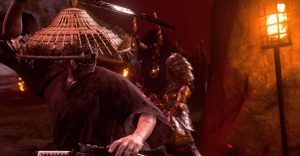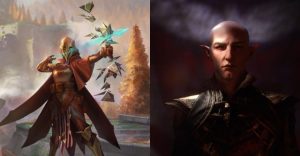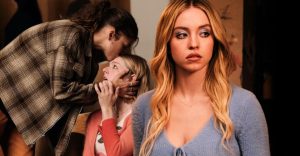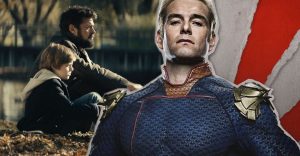10 Things You Didn’t Know About Noroi: The Curse
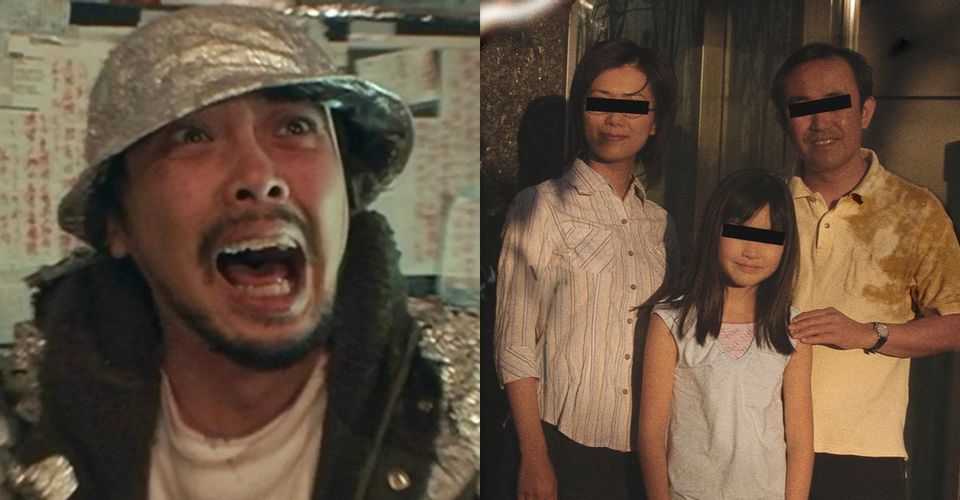
The whole craze around the found-footage style of filmmaking in the horror genre began with The Blair Witch Project. Since then, found-footage has been used and overused for various horror films like the Paranormal Activity series and Cloverfield. But one early, underrated horror gem in this style is Noroi: The Curse, a Japanese horror-“documentary” released in 2005.
The movie deals with a paranormal expert and journalist named Kobayashi, who investigates creepy encounters with a series of mysterious deaths apparently perpetrated by a spirit called Kagutaba. The premise sounds like a generic supernatural horror film, but there’s more to it than that. Despite not being released in the U.S., the film has garnered a cult following over the years.
Updated on December 27th, 2021, by Hannah Saab: Almost two decades after its initial release, Noroi: The Curse continues to fascinate and terrify fans from around the world, with some thinking it’s a true story. The genre-defining cult classic has been impossible to imitate, in large part due to its genuinely horrifying premise, a convincing cast of characters, and perfect pacing.
There’s still much more to learn about the wildly popular horror movie, which will undoubtedly be a staple for fans of the horror genre for years to come, having most viewers understandably still asking “Is Noroi real?”
Some Of The Actors Play As Themselves

Noroi sets itself apart from other J-Horror films because of its long duration and sizeable cast. Part of the ensemble comprises several celebrity cameos, some involving actors playing themselves. Marika Matsumoto (actress and the voice behind Rikku in the Final Fantasy video games) has a major role as herself; she starts sleepwalking and making nooses out of wires while shooting for a film at a shrine haunted by the Kagutaba.
In smaller roles, the film also features prominent Japanese adult-film actresses Ai Iijima (who appears as a TV program guest), and Maria Takagi (as herself).
Takashige Ichise Also Produced The Grudge and Ring

Director Koji Shiraishi garnered some buzz in 2003 when he directed Honto ni atta, a horror anthology starring well-known Japanese actors and pop stars. Noroi: The Curse became a reality two years later, only with the help of Takashige Ichise. Ichise himself was a well-known figure in Japanese horror as he had also produced Ju-On: The Grudge, and Ring.
Both movies have been lauded as some of the most iconic works in the pantheon of international horror films. The fact that they have received American remakes, sequels, and reboots, bears testimony to this.
It Took A Long Time To Reach American Audiences

Initially, Noroi did not receive a widespread international following because of a limited domestic release. Takashige Ichise’s production company, Oz, suffered from bankruptcy, making it hard to promote or distribute the film to other countries. Kadokawa Pictures USA attempted for an American re-release in 2009 but this company too went bankrupt.
Finally, in 2020, Noroi found its way to American homes through the video-on-demand service, Shudder. Horror fans no longer have to rely on retellings and snippets of the found-footage film on YouTube, as they can readily access the cult classic through the service (according to Bloody Disgusting).
The Pigeons Are Symbolic

If fans observed the film carefully, they will find that pigeons play a recurring role all through the story. In one of the initial supernatural cases of demonic possession in Noroi, viewers see dead pigeons surrounding a lady’s house. Even when actress Marika Matsumoto gets possessed by demons, pigeons start flying towards her house’s windows and die on the spot.
Some critics have compared the jump scares with the pigeons to Alfred Hitchcock’s classic, The Birds. They’re more likely symbolic, though, and are used as a replacement for the typical raven or crow as the omen of death or bad luck.
Masafumi Kobayashi Never Puts His Camera Down

A usual trope in found-footage horror that’s added to make the footage look realistic is making the camera all shaky and blurry in scenes of panic, horror, and action. But funnily, protagonist Kobayashi’s camera seems to be in a perfect handheld mode always.
There are scenes when people are in danger right in front of Kobayashi’s eyes. In ordinary real-life situations, one would usually rush to protect the person in danger, or just run away from the scene, caring about one’s own dear life rather than shooting documentary footage. Kobayashi seems like a perfect parallel to Jake Gyllenhaal’s character in Nightcrawler.
The Film Reverses Stereotypes

Asian and African (and sometimes European) characters in mythical or supernatural films are often labeled as “exotic” or “mystical,” and offered roles of sorcerers, gypsies, black magic practitioners, and the like. To add to the stereotypes, it is shown that people from these cultures are the reason behind spells and curses haunting everyone. From something like Indiana Jones and the Temple of Doom to Drag Me To Hell, this direct or indirect racism has been prevalent.
Noroi takes an interesting dig at this as the sorcerers summoning the demon Kagutaba are shown to be from the West rather than any so-called “exotic” country, once again underscoring its creative use of the found footage genre.
A Fan Helped In Creating The Movie’s Facebook And IMDb Pages

The film’s limited release meant a less-than-instant promotion strategy for the rest of the world, which would soon praise Noroi for being one of the best Japanese found-footage horror films. Writer Julian Singleton revealed in an essay on Cinapse that he tried to add to the film’s reputation in an interesting way.
He wrote: “In earlier years, I created the film’s IMDb and Facebook page in a naïve attempt to rescue it from obscurity, where it has accumulated a small yet enthusiastic following,” he adds how “there are subtitled copies available on third-party DVD sites; multiple benevolent souls have uploaded the full film onto YouTube.”
Fans Can Stream Noroi: The Curse On Amazon Prime And Shudder

Some die-hard fans have been uploading Noroi: The Curse on YouTube time and again, and as expected, the movie gets blocked or taken down. In the 2010s, Noroi‘s subtitled copies were sold through third-party DVD websites, which is no longer common practice today. Fans who want to see the film for the first time or rewatch it shouldn’t feel disheartened, though.
As of now, Noroi is currently streaming on Amazon Prime, Shudder, Shudder Amazon Channel, AMC Plus, AMC+ Roku Premium Channel, and Spectrum On-Demand. Viewers can also choose to purchase or rent a copy from Apple iTunes.
Director Kôji Shiraishi Drew From Urban Legends For His Other Movies, Too

Director Kôji Shiraishi seems to have a penchant for drawing from urban legends like he does in Noroi, The Grudge, and Ring. 2009’s Teketeke, for instance, heavily relies on narratives about the Japanese urban legend known as the Teke Teke, a schoolgirl that haunts others after her untimely death.
The 2007 film Carved: The Slit-Mouthed Woman, is based on the malevolent demonic Kuchisake-onna creature in Japanese folklore, who is known for luring her victims with her deceiving beauty. None of them have attained the same level of notoriety that Noroi has though, which currently sits at the top of the director’s highest-rated feature films on IMDb.
Director Kôji Shiraishi Went On To Make More Found-Footage Horror

Even though Noroi: The Curse is certainly Kôji Shiraishi’s magnum opus, the filmmaker went on to direct other horror classics too. Among the most significant of these was 2009’s Occult, which again was shot like a horror mockumentary.
He has been experimenting and reinterpreting the style time and again. In 2011, he even directed a ‘found footage erotica’ called Cho Akunin. That said, most fans would agree that he never again reached the same level of success with his newer films as he did with Noroi. In fact, his 2016 film, Sadako vs. Kakayo, was largely considered a flop, receiving a disappointing 27% on Rotten Tomatoes.
About The Author













